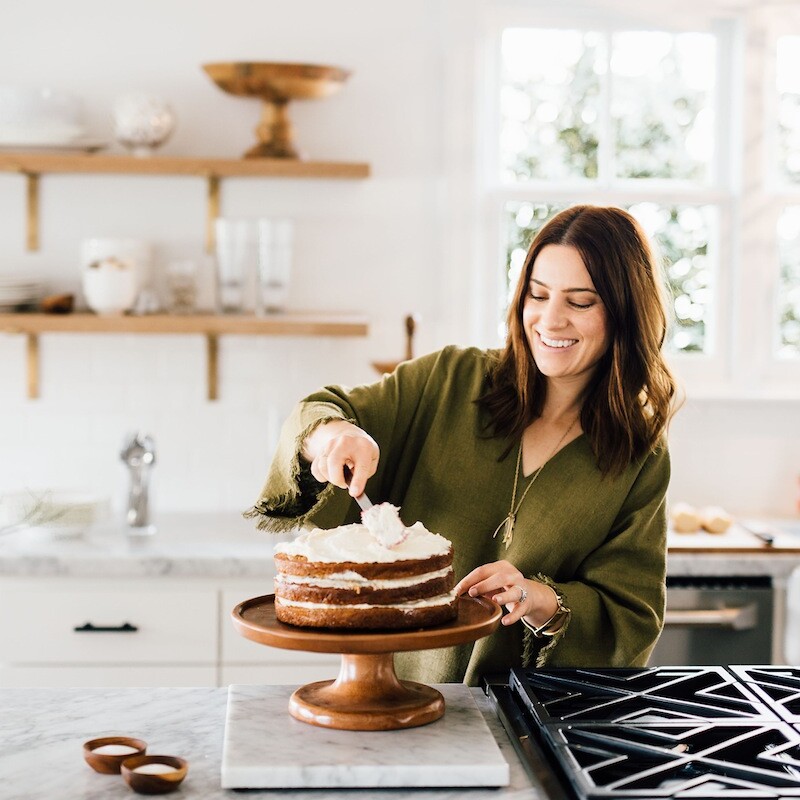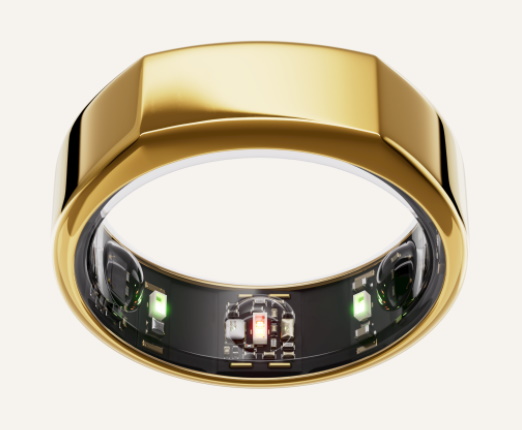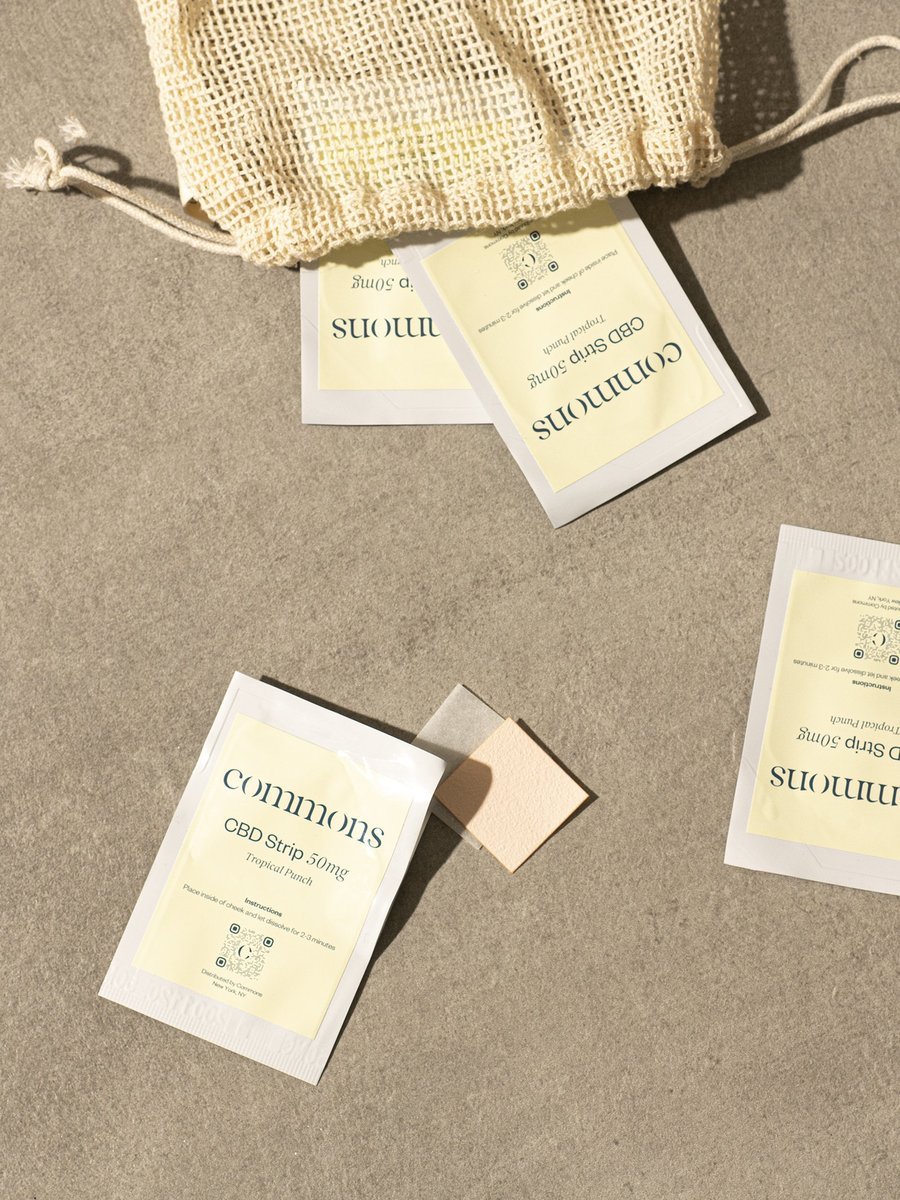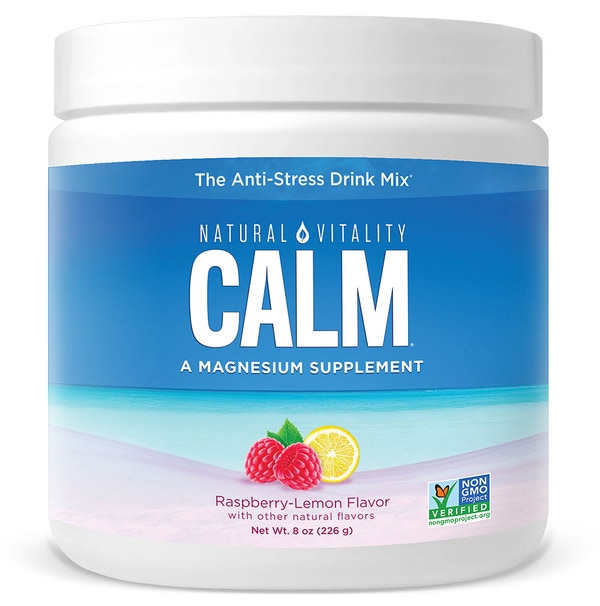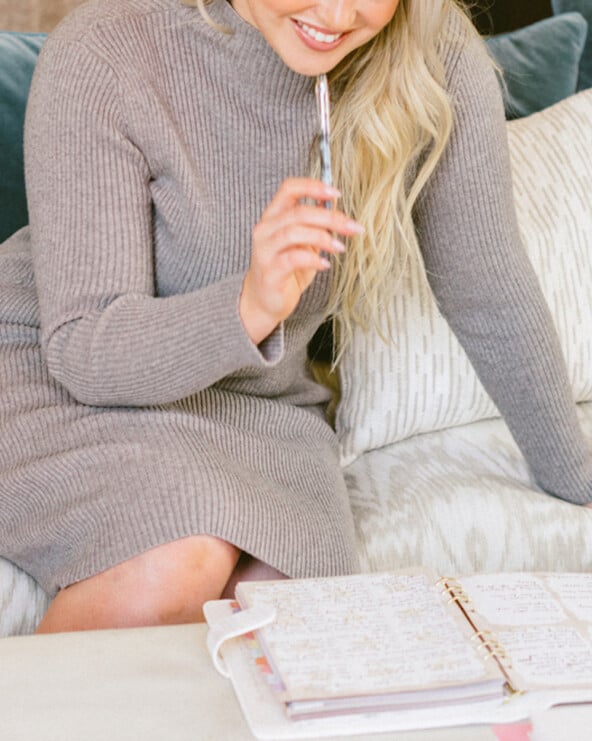In general, my mood falls on the happy end of the spectrum. I spring out of bed when my alarm clock rings, and a Dua Lipa song on the radio can turn a down-tempo morning commute into a driver’s side party—just ask my kids. I try to live with my coffee mug (and wine glasses) viewed as half full. But these rosé-colored glasses do get smudged on occasion. When they do, more than a few of my weekly Google searches include, “how to treat seasonal affective disorder.”
Perhaps you can relate. There’s that inevitable time of year when the sparkle of the holidays has faded, the New Year energy has waned, and the daily slog of weird Texas weather screws with my weekly mojo. It’s right around the end of February when I hit a serious emotional slump. Sometimes it can be combatted with a festive dose of Mardi Gras fun, but once the final slice of King Cake is gone, SAD symptoms set in.
Feeling down is not a comfortable place for me, but I’ve learned that, like many people, the dark days of winter play a key role. It’s a seasonally cyclical thing, and as sure as flip flops are to make their appearance in April here in Austin, the meh feeling passes and I’m back to my sunny self. Like clockwork, here I am in late February and the bothersome blah is back. So in taking a closer look at why this happens year after year, I decided to dig a little deeper into seasonal affective disorder.
These days, when I feel the doldrums kick in and need a bit of a boost, I’ve got a few tricks up my sleeve. It’s all thanks to integrative primary care physician, Dr. Jessica Chernetsky, M.D. from Austin-based West Holistic Medicine. I recently caught up with Dr. Chernetsky to get some insider tips on what to do about when seasonal affective disorder takes hold. Read my interview with Dr. Chernetsky below, plus get tips to keep the SAD scaries at bay. And don’t miss our roundup of editor-approved apps, supplements, and devices to help you cope.

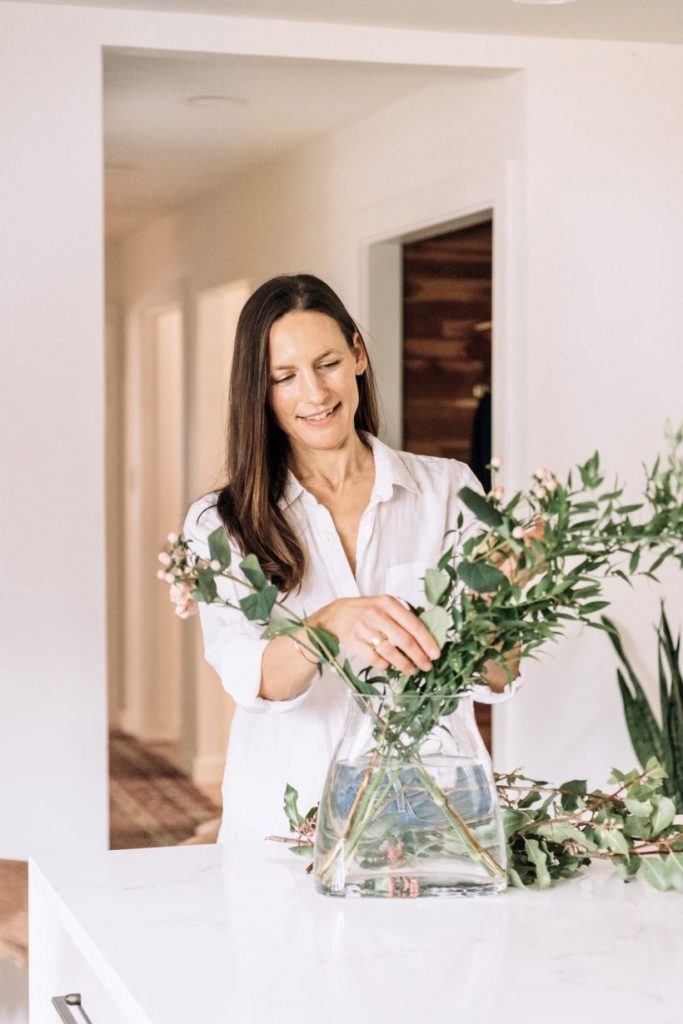
Let’s start with the basics—What is holistic medicine?
Holistic medicine is a form of healing that takes into account the person as a whole, inclusive of mind, body, spirit and emotions, with the ultimate goal being excellent health and wellness.
What exactly is seasonal affective disorder (SAD)?
Seasonal affective disorder is a condition which describes episodes of major depression that regularly occurs during particular seasons of the year. The most common form of SAD is winter depression. This usually consists of depression that begins in the fall or winter. Even if left untreated, winter depression usually resolves by spring or summer. This typically occurs in a yearly, cyclical fashion.


What are the symptoms of SAD? When it most likely to appear?
Symptoms of SAD may present as sadness, guilt, worthlessness, sleep changes, loss of interest in activities that previously interested a person, fatigue, decreased concentration, changes in appetite, psychomotor agitation (anxiety) or lethargy, and even suicidal ideation. This condition occurs in a yearly cyclical fashion that remits during one part of the year and worsens during another.
Who is affected by SAD? Are there areas of the world where it’s more prevalent?
In the general population, approximately 0.5 to 3% of the population is affected by SAD. Some studies have shown that SAD is somewhat more common among women. Onset of SAD usually occurs between the ages of 20 and 30 years old. Those who live in higher northern latitudes, which are known to receive less light during the winter season may be more affected by SAD than those who live closer to the equator. It’s hypothesized that changes in amount of daylight causes disturbances with the circadian rhythms, in addition to some genetic factors and dysregulation of certain neurotransmitters, which lead to a higher likelihood of depression in general.

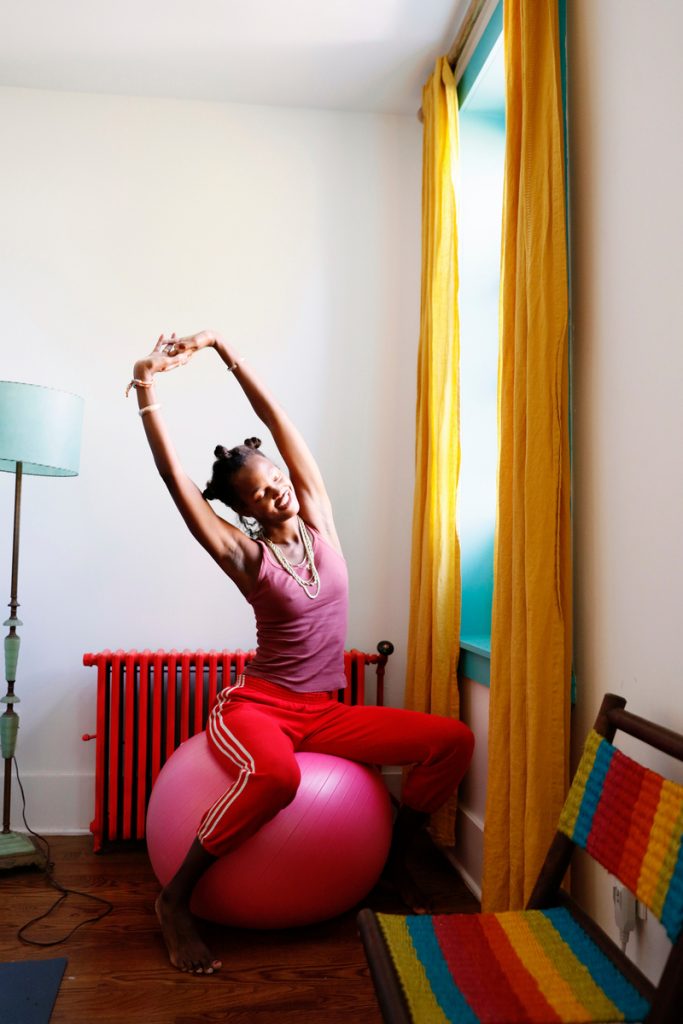
What lifestyle habits and practices can naturally help prevent SAD?
Make sure to exercise regularly. The typical recommendation is to exercise at least 30 minutes per day, 5 days per
week for ideal health benefits, (which includes mental health benefits as well!).
Eat a healthy, well-balanced diet. This includes things like chicken, fish, lean meats, vegetables, and fruits. Be sure to keep processed foods to a minimum.
Take daily walks outside. Regardless of the weather. Daily walks can be as long or short as you need them to be. I recommend getting outside for at least 10 minutes per day, just to be in the sun for a bit! However, ideally we should spend at least 30 minutes outside. If you can combine your exercise for the day with being outside, that’s even better!
Have good sleep hygiene. When it comes to bedtime, consistency is key. Go to bed around the same time every night and wake up around the same time every morning, including weekends. Keeping your room dark, quiet and relaxing at night. Try to maintain a cooler temperature in your bedroom. Getting too hot at night can cause you to toss and turn. Good sleep hygiene also means no electronics in the room. Keep your phone far away and don’t watch TV in your room. These can be hard changes to make for pretty much all of us, so just try your best! Try to finish your last meal at least two hours before bed. Last but not least, exercise also plays a role in good sleep hygiene. Getting good exercise (preferably not within two hours of your bedtime) can help you sleep soundly at night.
Increase indoor lighting. This is especially important during the winter months. I might suggest to a patient that they try a light therapy box, which emits bright light that mimics what one would encounter naturally outdoors. This is essentially a direct exposure to natural light that helps increase the “happy neurotransmitters” in the brain.

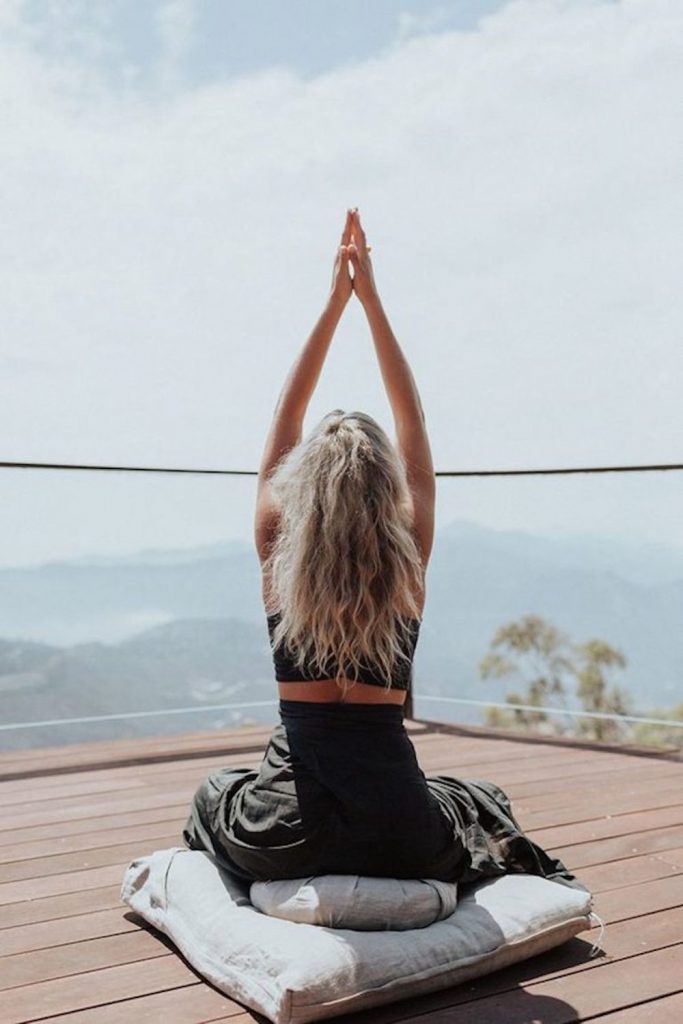
What can you do to help ease SAD symptoms?
If, despite the above measures, one is still suffering from SAD, primary medical treatment of SAD includes antidepressants that are taken during the season(s) one is affected by SAD, light therapy (bright light therapy, dawn simulation or both), and psychotherapy, otherwise known as counseling.
When is it a good time to see a professional?
If you are experiencing SAD, and your life is negatively impacted by any these symptoms, please do not wait to reach out to a holistic medical provider. We specialize in working with the whole person, including mind, body, spirit and emotions, and can help you feel better sooner.

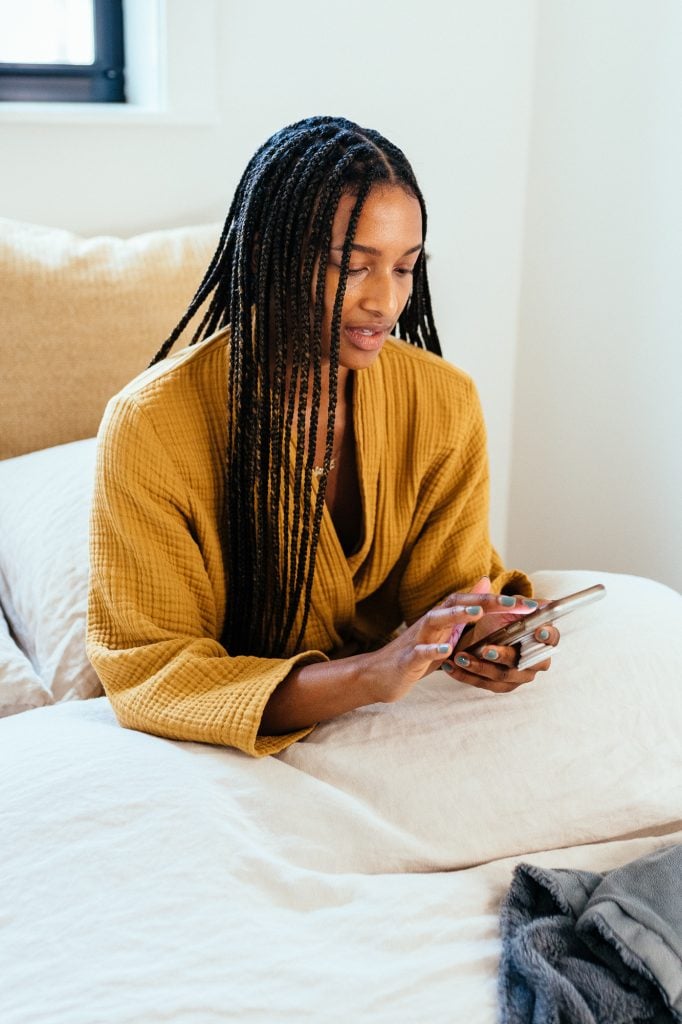
Check out our editor-approved apps, supplements, and devices below to help you naturally prevent SAD.
“I’ve been using my Oura Ring for a few weeks, and every morning when I wake up, I’m actually excited to look at my stats. You can see a direct impact from your actions the day before on how well you slept or how “ready” your body is to conquer the day ahead. Couple glasses of wine? There was a clear lack of deep sleep. Squeezed in an extra afternoon walk around the neighborhood? My activity scores are poppin’ and I’m ready for whatever the day throws at me. It’s a small but mighty accountability buddy that really helps me think about how my actions will affect my health.” — Camille Styles, Editor in Chief
“I’m loving these 50 mg CBD strips from Commons. The texture is a little weird, but I was so impressed with the results!” — Brandy Joy Smith, Motherhood Contributor
“Living in Portland, Oregon, the days stay dark, dreary, and rainy until the spring starts to show itself in April. And while it can get tough not seeing the sky through a heavy covering of clouds for weeks at a time, I’ve learned to lean into it and spend this season getting cozy indoors. I’ve jumped on the Bearaby weighted blanket trend and couldn’t recommend it enough. The Cotton Napper has kept my sleep consistent and helps me find calm during this time of year when emotions can run high.” — Isabelle Eyman, Managing Editor
Verilux HappyLight Lucent LED Light Therapy Lamp
“Whether you live in a five story walk-up with little natural light or in your hometown, it gets dark waaayyy too early in the winter. Try bringing the sunshine inside, courtesy of this UV-free LED therapy lamp. Said to improve sleep and natural circadian rhythms and boost your mood, consider adding a few in your space. Try one in your common living area and another in your bedroom. At just $39.99, this lamp will do wonders without breaking the bank.” — Anne Campbell, Contributing Editor
Natural Vitality CALM® Raspberry Lemon
“We all know magnesium is a wonder supplement, and I could go on and on about its magic. Digestion aid, mood booster, and most importantly for yours truly, a dependable sleep aid. I’ve literally drunk the Kool-Aid on this delicious magnesium powder that you mix with water. Once you try it, consider yourself hooked.” — Anne Campbell, Contributing Editor
Do you have go-to tips for when SAD sets in? We’d love to hear your strategies for coping in the comments.

